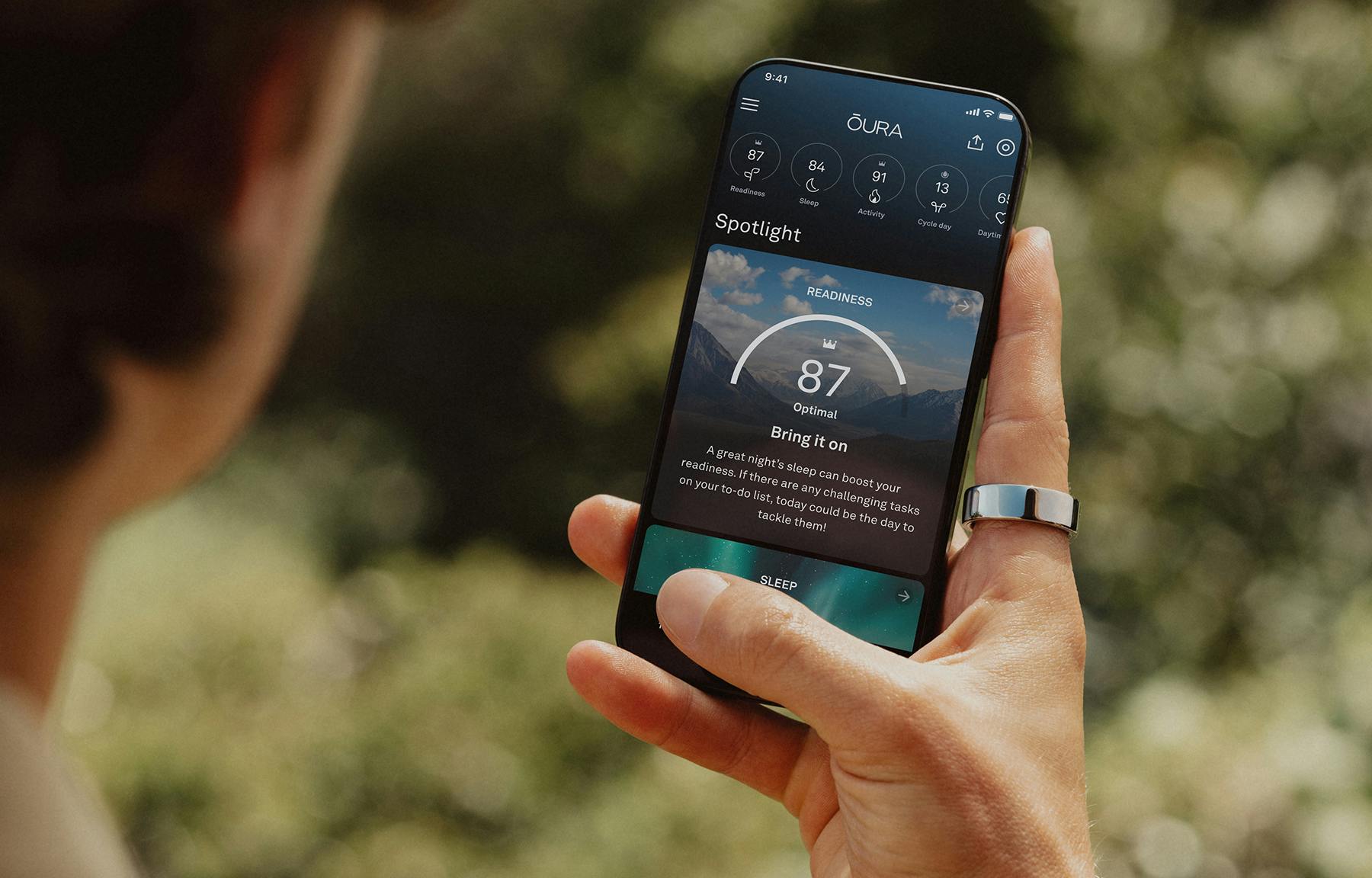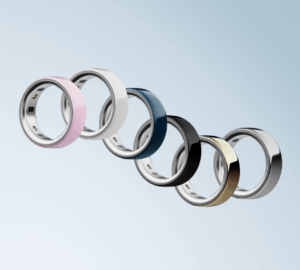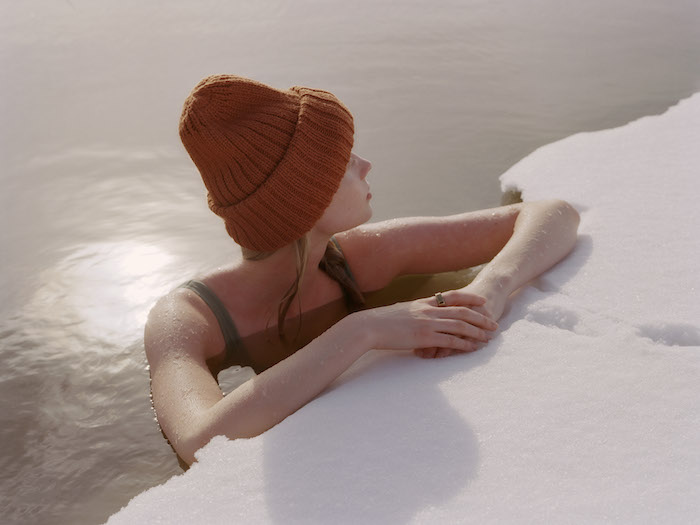The Finns are doing something right. Since 2018, Finland has topped the charts as the world’s happiest country in the World Happiness Report. Considering Finland’s winters are some of the coldest—and darkest—in the world, this feat feels even more remarkable.
So, what are the Finns’ secrets to staying happy year-round? As a company founded in Finland, Oura has many Finnish employees who generously shared their advice for not only surviving, but also thriving, in winter weather.
Leaning into one’s inner resilience, or sisu, as the Finns call it, is key. As Oussama B., a senior Android engineer who moved to Finland from Morocco, points out, « While there’s no magic pill, it’s mostly about training your brain and practicing perseverance and determination, » he says.
Keep reading for some of Oura’s Finnish employees’ top tips to cope with the longer, darker days of winter, and maybe even enjoy them, too.
LEARN MORE: Here’s Why You Sleep More in Winter—Plus Simple Ways to Boost Your Energy
How to Beat the Winter Blues, According to Finns
1. Make outdoor movement a non-negotiable.
Heading outdoors in bone-chilling temperatures is easier said than done, but it’s essential to stay sane during the winter months, the Finns say. “I usually start working from home and commute to the office during lunch when it is bright,” says Hannu K., a junior hardware test engineer based in Oulu, Finland. “I notice a huge difference in my daily mood, feel less stressed, and have more energy.”
And though the weather may deter you, don’t let it! « I made a rule to go out no matter what, » Oussama B. says. « Rain, snow, freezing temperatures—I move. Every time I close my door and step outside, my mood shifts. »
Not only are the health benefits of spending time in nature well-documented, but natural sunlight delivers a host of advantages as well. Getting in sunlight helps to regulate your circadian rhythm, or your body’s internal clock, which controls your sleep-wake cycle. This in turn helps you sleep more soundly, and a solid night’s sleep benefits every system in your body as well as your mind.
READ MORE: The Benefits of Morning Sunlight
2. Find a new hobby—outdoor or indoor.
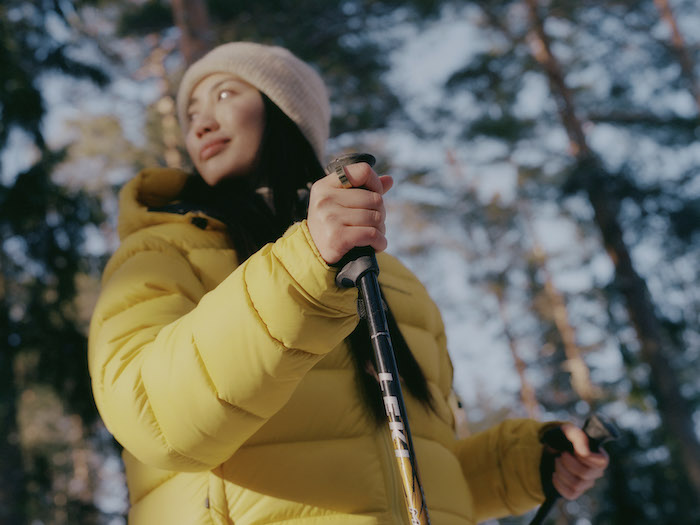
Snowy weather may provide some challenges to outdoor activities, but it also allows for a slew of heart-pumping snow sports, such as ice skating, snow shoeing, hiking, alpine skiing, Nordic skiing, and more.
« I tried several winter sports and fell in love with snowboarding and cross-country skiing, » Oussama says. « Suddenly, February and March stopped being ‘boring months’ and became the season I look forward to—time to tune my gear and get back out there! »
Konstantin S., site reliability engineer, agrees: “For me, each autumn, I’m waiting for the real winter to arrive! Skiing is so great, especially when you can start almost from the front door. Ice hockey is probably something I don’t need to advertise. Cycling in snow is less well-known in Southern hemisphere countries and it’s just mind-blowingly cool.”
When going outside is a no-go, pick up an indoors activity, like learning a new skill, working toward an online certificate, or studying a language, Oussama suggests: « I swapped pointless scrolling for piano, and I’m also studying for a C++ professional certificate. »
3. Invest in a light therapy lamp.
When going outside is a no-go, spend some time with a light therapy lamp, a device that mimics natural daylight. This form of artificial light has been shown to help regulate your sleep-wake cycle, and can help ease other symptoms of seasonal affective disorder (SAD), such as being tired or sleeping too much, according to Mayo Clinic.
These devices are most effective when used for 20 to 30 minutes within an hour or so of waking up. “Use a light box daily as you sip your morning coffee or tea,” suggests Mari M., Oura’s office coordinator in Oulu. “It really helps if you’re not getting enough natural light during the day.”
Note that a regular table lamp won’t suffice; a proper light therapy lamp should provide an exposure to 10,000 lux of light and produce as little UV light as possible.
READ MORE: How Blue Light Impacts Your Sleep
4. Dress for the weather.
You’ve likely heard the idiom, there’s no bad weather, only bad clothing—and this holds true for the Finns. “A winter walk is no big deal when you layer up properly,” explains Sofia S., behavioral scientist. Her “magic equation” for staying warm consists of three steps:
- Start with a thermal underlayer which can absorb moisture from your skin but keeps you warm.
- Choose materials like merino wool, which keeps you warm even when wet, unlike cotton, which stops insulating when it gets wet.
- Add a second layer in a material that provides maximum warmth, like fleece or more wool.
- Finish with a wind- and water-resistant outer layer or “shell.”
- Top it all off with a hat, scarf, and gloves, and don’t forget cozy wool socks!
And don’t take it all off when you get inside. From an environmental (and economical) perspective, it’s better to wear more clothes indoors instead of heating spaces up, explains Matias K., product design lead. Winter heating draws a ton of energy, so put on wool socks and an extra shirt even when you’re indoors! “And of course there’s the old wisdom about getting better sleep in cool environments,” he adds—which is scientifically true, too.
5. Schedule a sauna session, or even a cold-water plunge.
Finns are known for their dedicated sauna culture. While saunas are popular year-round in Finland, the dry-heat ritual becomes even more pertinent in the winter. Plus, saunas have proven health benefits, including heart health, pain relief, and a better mood.
Want to double up the health benefits? Alternate heat therapy with a cold-water plunge or ice swim, a popular practice known as avanto in Finland. The centuries-old ritual of swimming in ice water has surged in popularity in recent years. In addition to being a social activity at swimming clubs, ice swims as short as 30 seconds have been shown to create a feel-good “hormone storm,” while improving immunity and enhancing blood circulation.
Before taking a cold plunge, know the risks and determine what’s safe for you. Start with a quick, short dip and work up to longer immersions as the Finns do.
LEARN MORE: Chill Out: 8 Science-Backed Benefits of Cold Exposure Therapy
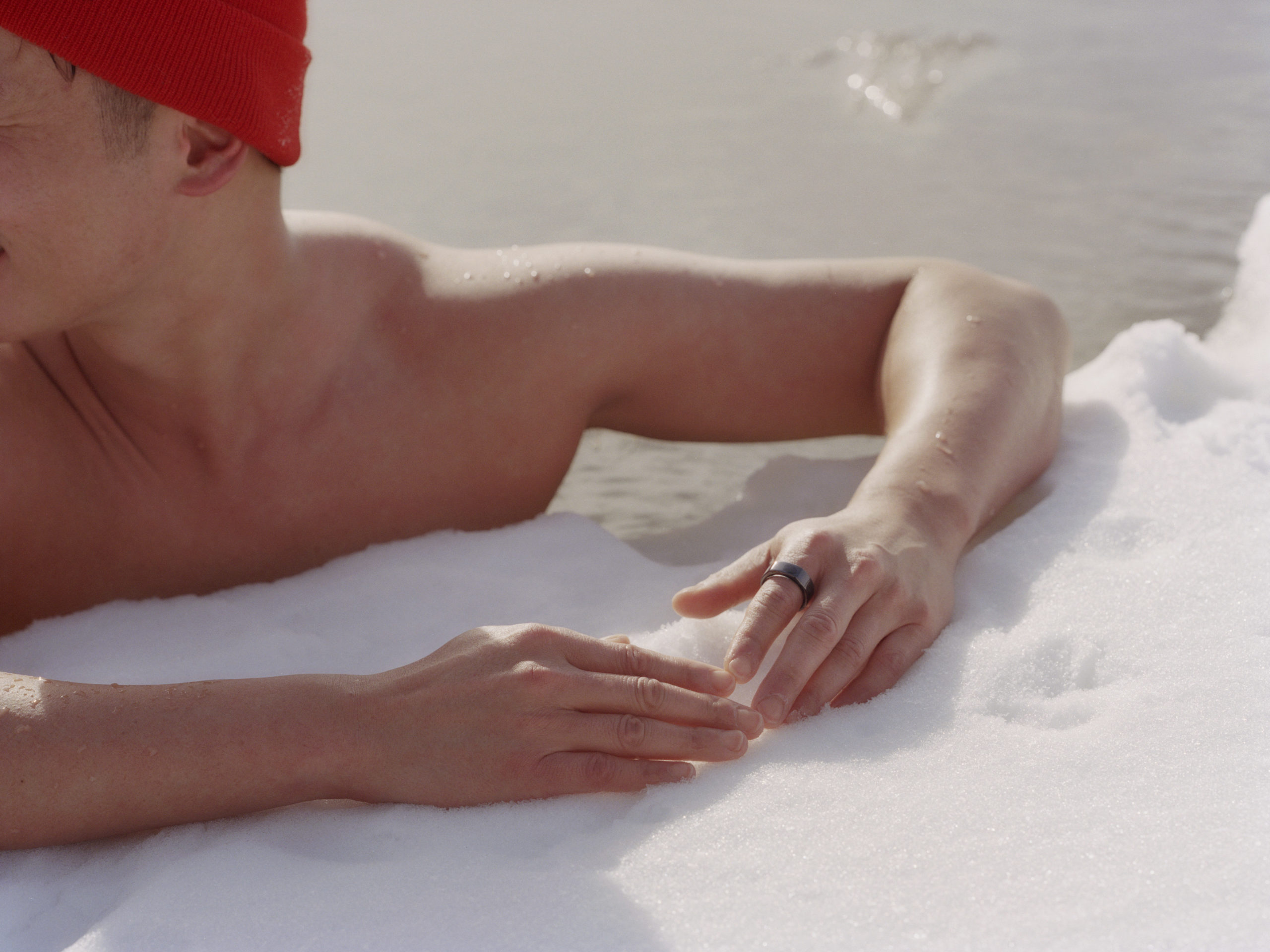
6. Stock up on mood-boosting foods.
In the darker, shorter days of winter, it’s important to make sure your body receives ample nutrients. Try some of these foods and supplements to boost your health and mood in the winter months, no matter where you live.
- Coffee: Finns love a good cup of joe. In fact, Finland tops the list of European nations with the highest coffee consumption, with many people consuming eight or nine cups a day. (Though we wouldn’t recommend quite that much, since caffeine can impact your sleep.) Getting a regular caffeine hit when daylight hours are short can help you stay alert, among other health benefits, Sofia S. says.
- Berries: Finns consume a lot of indigenous berries such as bilberries, sea buckthorn, and lingonberries. “All of these are superfoods due to their high concentration of nutrients and antioxidants.” Sofia notes.
- Chocolate: Many Finns keep a bar of chocolate on hand at all times, thanks to cacao’s mood-boosting benefits, among other health-promoting properties.
- Vitamin D: It can be difficult to get enough vitamin D in the winter months, so add natural sources of vitamin D to your diet such as fatty fish, egg yolks, some mushrooms, as well as fortified products such as cereal, dairy, and orange juice. Always check with your healthcare provider before starting any new supplements.
RELATED: The Essential Guide to Eating for Metabolic Health
7. Make plans to anticipate.
Build up some excitement during the cold, dark days by planning a weekend ski trip, cozy dinner with friends, or an afternoon snowshoe outing. Buy a physical poster calendar where you can see the entire year, so you can visualize your plans, suggests Kate G., senior product designer.
Kate enjoys the holiday cheer of November and December, then January is her favorite time to travel. And even though February may be the coldest month, that’s when she looks forward to taking more winter walks during the longer daylight hours.
8. Embrace winter for what it is.
Winter is a perfect time to “allow yourself to slow down,” Kate notes. You may have heard of the term hygge (pronounced hoo-gah), a Nordic word that loosely translates to a “cozy way of life.” While hygge can certainly include comfy lifestyle items like soft blankets, warm slippers, and glowing candles, this Nordic concept is more about themes of kinship, nature, and simplicity than it is about buying things.
This winter, hunker down, savor the slower pace of life, and simply take a pause. To encourage rest, Oura members can turn on Rest Mode in their Oura App, which emphasizes the importance of recovery rather than pursuit of any activity goals. Use this time to focus on the comforts of home, observe the simple pleasures of nature, and enjoy special moments spent with loved ones.
RELATED: 5 Ways to Find a Healthy Balance During the Holidays





